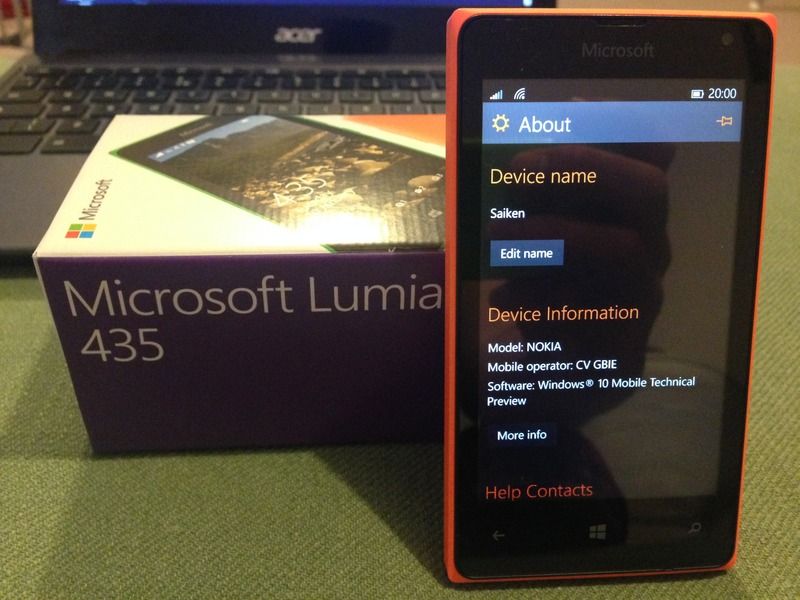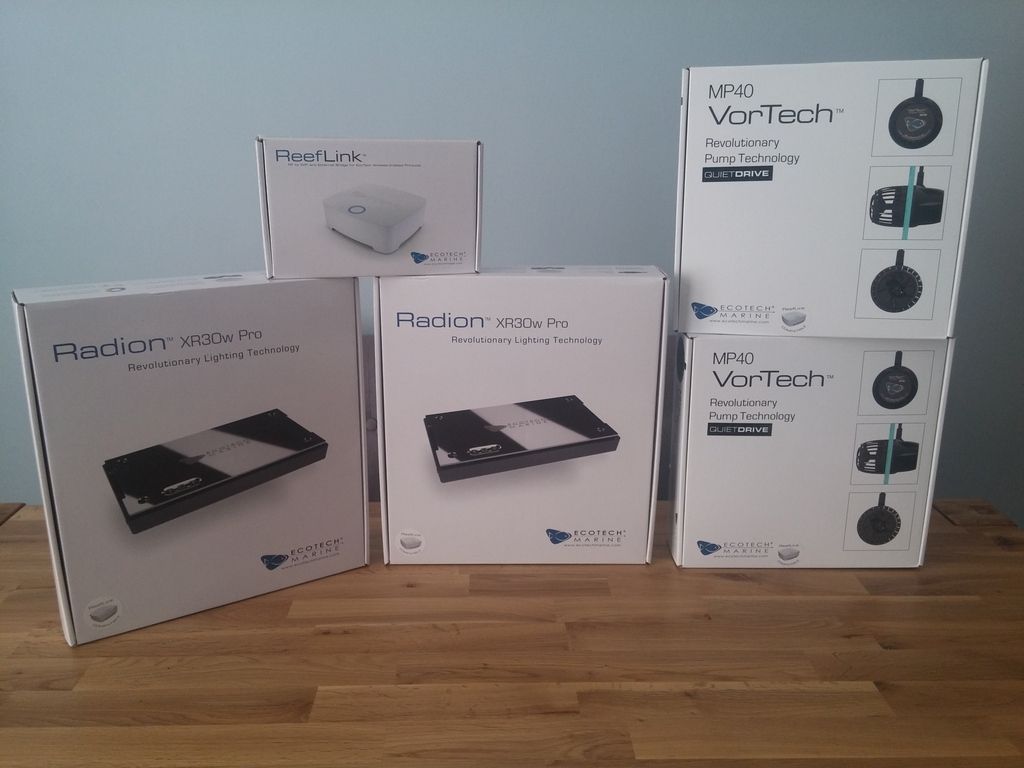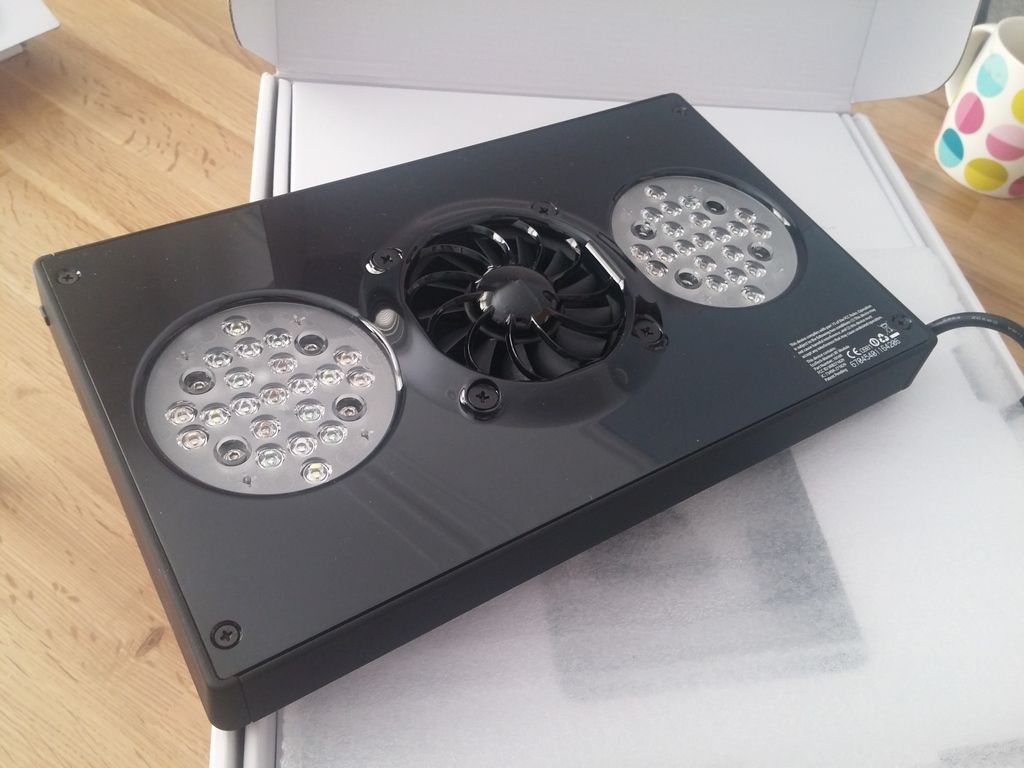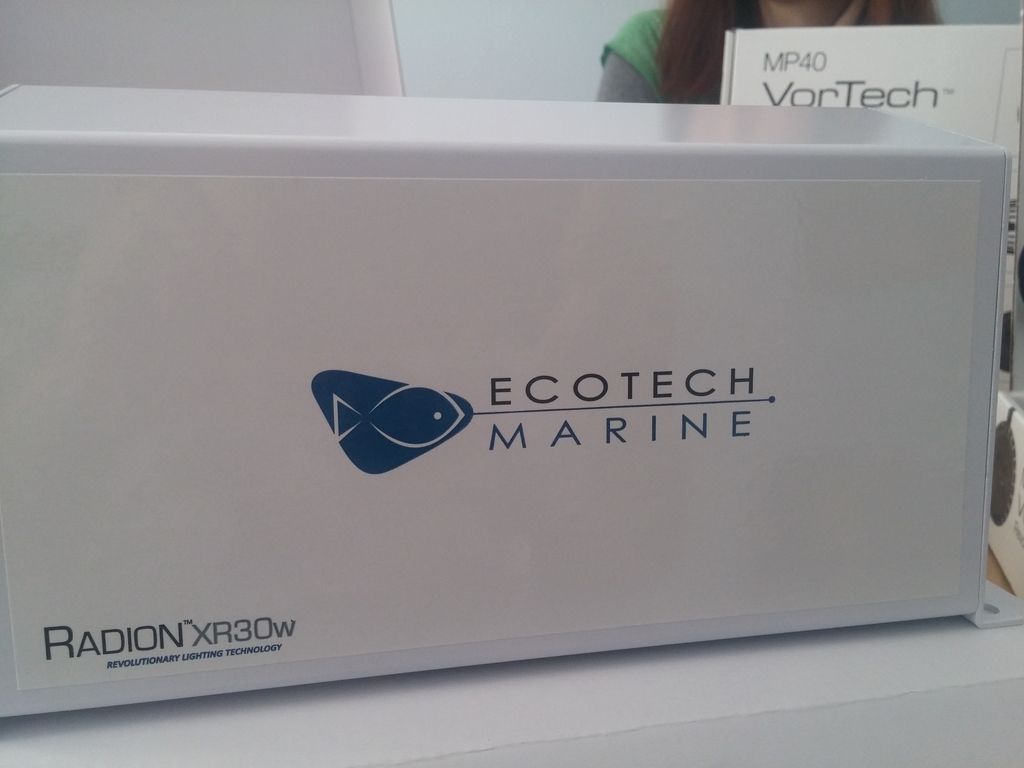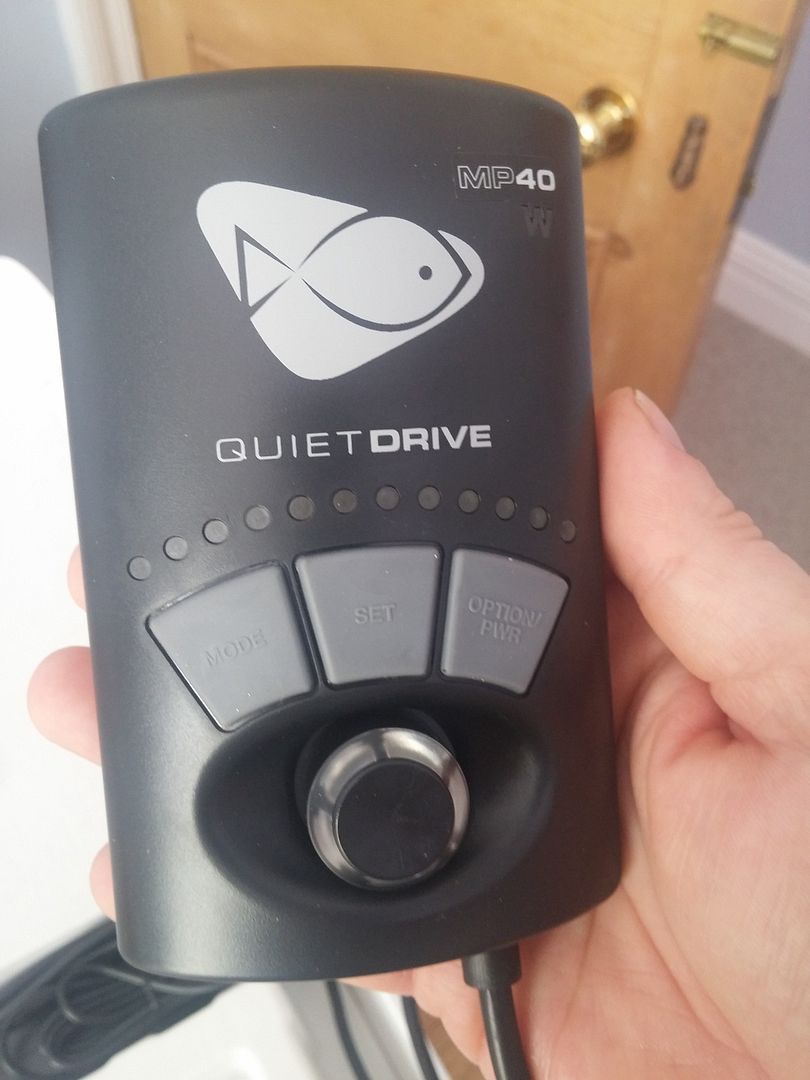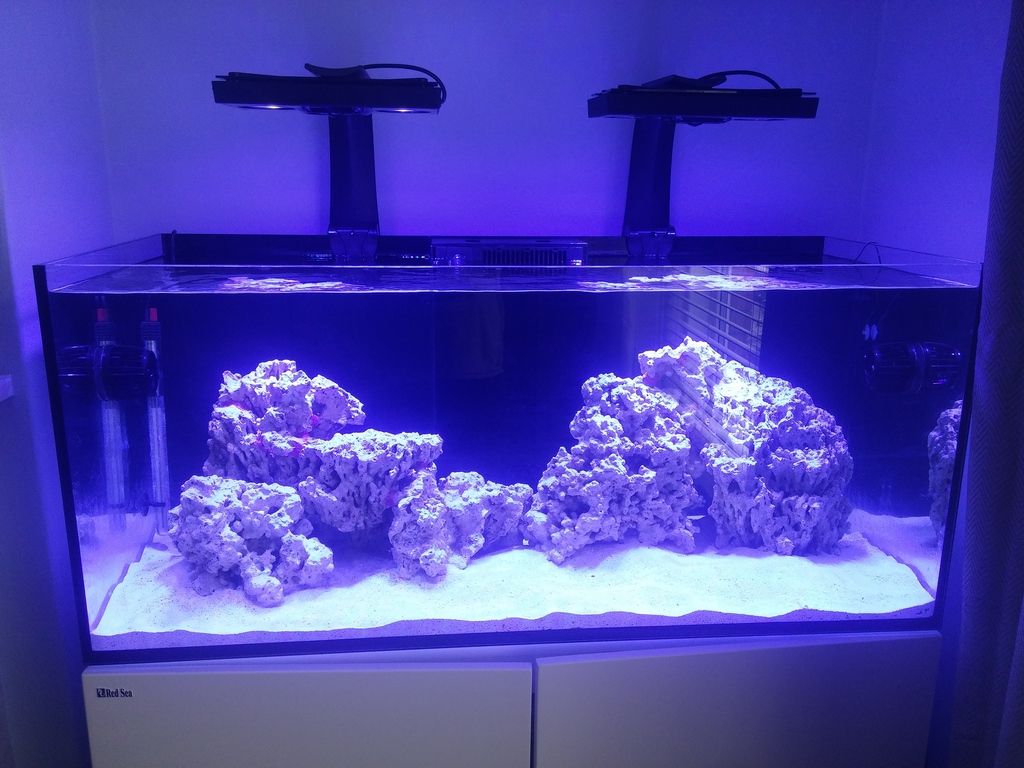Yeah the older ones (not just the i1 but other brands too) used organic filters resulting in filter fade over the years. Models after that point do not have this issue and are sealed units

Horses for courses I guess, I never liked the Spyder probes (bought the 3) because all the way up to the 4, they've had shadow detail calibration quirks meaning the Xrite products took the lead in that area. Be interesting to hear if they fixed this in the 5.
They have apparently improved the optical engine by 55%, whatever exactly that means. The device is too new for any detailed reviews as of yet.
I will likely look at the Colormunki Photo (purely for printing calibration) depending upon a few elements with how I get on with the refills that I have on order and paper choices in the future which do not have a ICC profile with the mentioned 3rd party ink.
2StepSteve,
Would the print quality on that printer be suitable for selling professional prints which are framed? Have a few ideas I want to try but mostly text based with some images involved.
I'd say yes and no.
Yes, as it is able to easily beat many of the print providers out there (Will post more about this in the Photo forum). Combined with descent paper, it will print very detailed prints and you will be amazed by the results.
No, as it depends on where and how the customer plans to ultimately store the prints. This is a dye based printer and it will not stand up to the test of time nearly as well as what those professional print services are able to. If you are buying genuine OEM ink and OEM paper, you are looking at (a manufacturer guesstimate) of 40 years until the image will begin to degrade if placed behind glass. If the image isn't behind glass and exposed to the elements so to speak (air and light) you are looking at 10 years. Inside an album, they say 200 years. All of these numbers have obviously come from acculturated aging tests in the lab.
Pigment ink based printers on the other hand, print more resistant prints.
Personally, I would feel a little unsure about selling a printing with the kind of life span that a dye based print has, but it all depends on how the print will be stored. The image won't suddenly disintegrate or self destruct after the quoted time, but it is perhaps a questionable amount of time for people that won't have the ability to reprint from the source (like we have).
How do you feel about selling a product which when framed and placed under glass will start to deteriorate after 40 years? Depending on your product it might not be too much of a problem.






